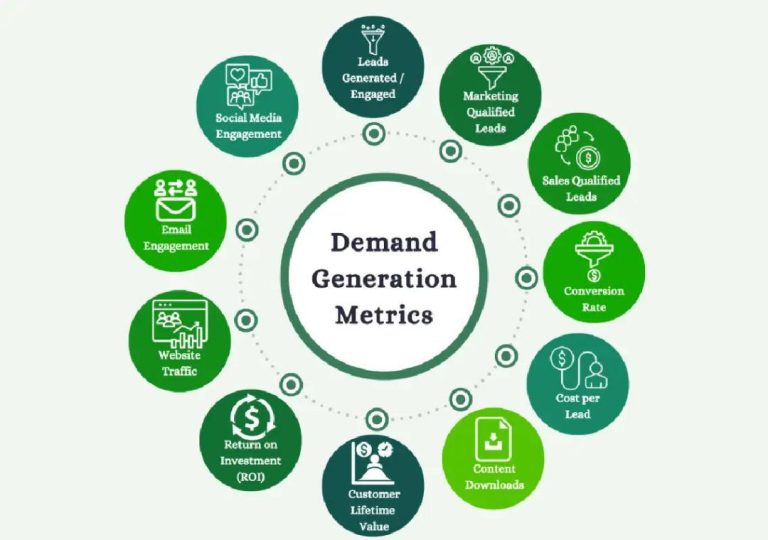
Ghazal Alagh Explains How Toxic Managers Drive Top Talent Away
As a co-founder of Mamaearth, a popular skincare brand, Ghazal Alagh has had her fair share of experiences with managing teams and employees. Recently, she took to LinkedIn to share her thoughts on a crucial topic that resonated with professionals across India’s startup ecosystem: toxic managers. In her post, she identified certain types of managers that can drive top talent away and emphasized the importance of trust, support, and everyday leadership in retaining employees.
The post has sparked a lot of discussion and debate, with many professionals sharing their own experiences and agreeing with Alagh’s sentiments. As someone who has worked in the startup space for some time, I can attest to the fact that toxic managers are a major obstacle to employee retention. In this blog post, we’ll explore the types of managers Alagh highlighted in her post, why they’re detrimental to employee well-being, and what organizations can do to create a healthier work environment.
Types of Toxic Managers
In her post, Alagh identified the following types of toxic managers that can drive top talent away:
-
The Micromanager: This type of manager is overly controlling and nitpicky. They dictate every step of the process, from how to complete a task to how to dress for work. Micromanagers often have a lack of trust in their employees and may even question their competence. As a result, employees feel stifled and undervalued, leading to high turnover rates.
-
The Know-It-All: This type of manager is often condescending and believes they are the only ones who know what’s best for the company. They may dismiss employees’ ideas and opinions, making them feel unheard and unimportant. Know-it-alls can create a culture of fear, where employees are too afraid to speak up or share their thoughts.
-
The Emotional Abuser: This type of manager is emotionally manipulative and uses guilt, anger, or sarcasm to get what they want. They may belittle employees, make them feel responsible for their own failures, or create unrealistic expectations. Emotional abusers can create a toxic work environment that is damaging to employees’ mental health.
-
The Unavailability: This type of manager is often distant and unapproachable. They may not respond to employees’ emails or messages, or may cancel meetings at the last minute. Unavailable managers can create a sense of isolation and abandonment, making employees feel like they’re not valued or important.
Why Toxic Managers Are Detrimental to Employee Well-being
Toxic managers can have a significant impact on employee well-being, leading to:
- High turnover rates: When employees feel undervalued, unheard, or untrusted, they are more likely to leave the company.
- Low morale: Toxic managers can create a culture of fear, making employees feel anxious, stressed, or depressed.
- Decreased productivity: When employees feel micromanaged, disrespected, or undervalued, they are less likely to perform at their best.
Real Employee Retention Depends on Trust, Support, and Everyday Leadership
According to Alagh, real employee retention depends on trust, support, and everyday leadership. In other words, organizations should focus on creating a work environment that is open, transparent, and supportive, rather than just offering perks or policies.
To create a healthier work environment, organizations can take the following steps:
- Foster an open-door policy: Encourage employees to come forward with their concerns, ideas, and opinions.
- Provide regular feedback: Offer constructive feedback and recognize employees’ achievements.
- Support employee growth: Provide opportunities for growth and development, and encourage employees to take ownership of their work.
- Lead by example: Demonstrate honesty, empathy, and integrity, and encourage other leaders to do the same.
- Monitor and address toxic behavior: Identify toxic behavior early on and address it promptly, ensuring that employees feel safe and valued.
Conclusion
Ghazal Alagh’s post has sparked an important conversation about the impact of toxic managers on employee well-being. By identifying the types of toxic managers and the harm they can cause, we can work towards creating a healthier work environment that values and respects its employees. As organizations, we should prioritize trust, support, and everyday leadership, and focus on creating a culture that is open, transparent, and supportive.
Source:
https://startuptalky.com/news/ghazal-alagh-on-toxic-managers-types/






